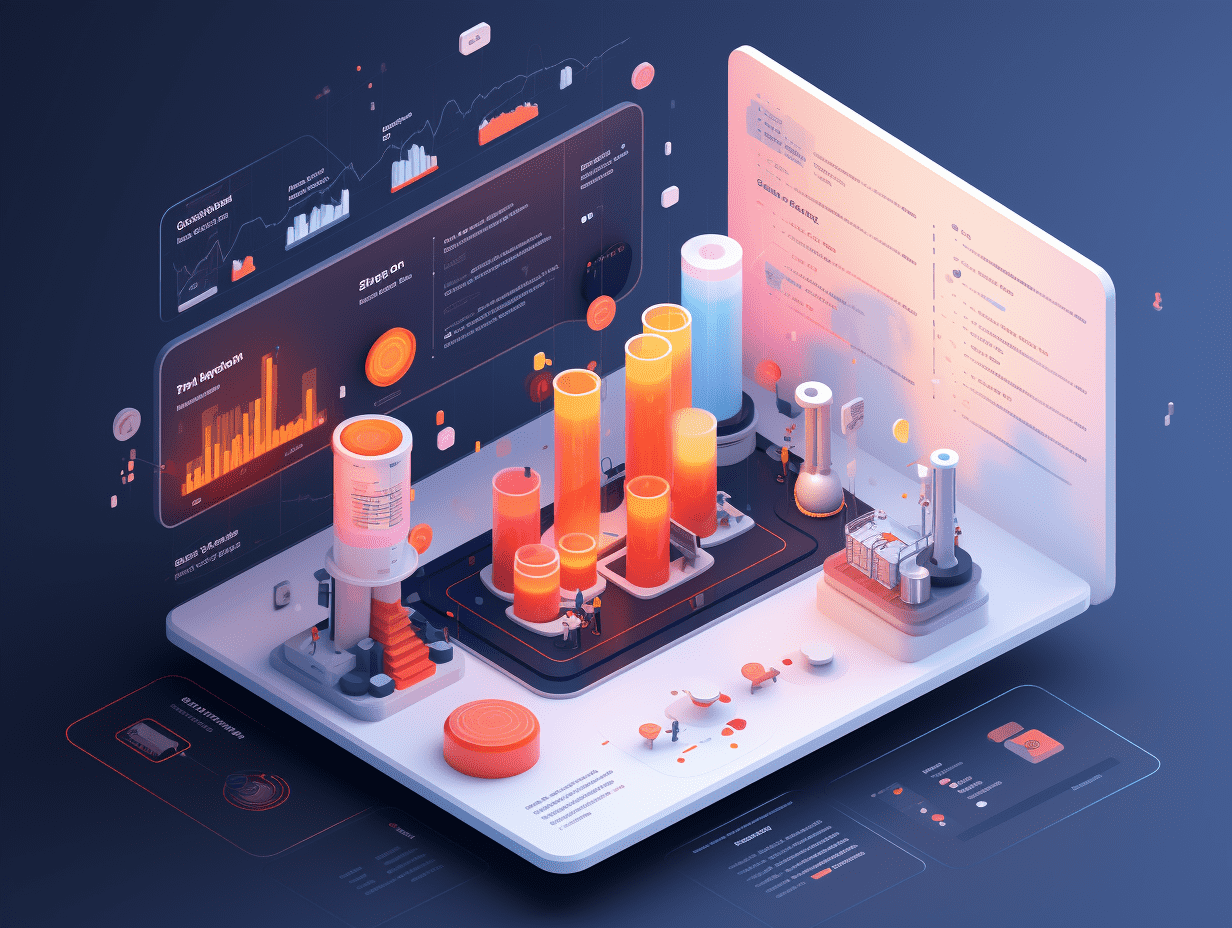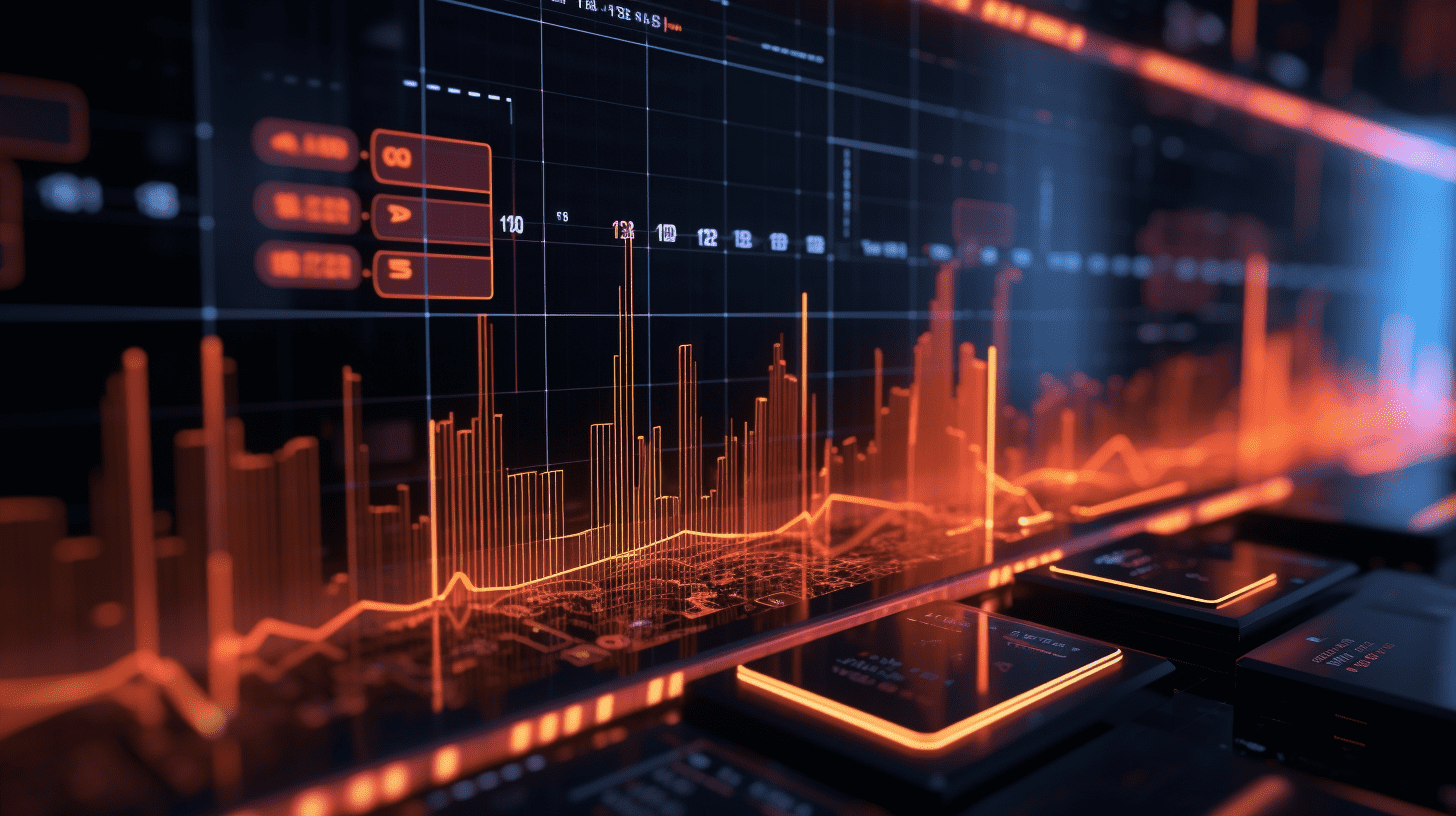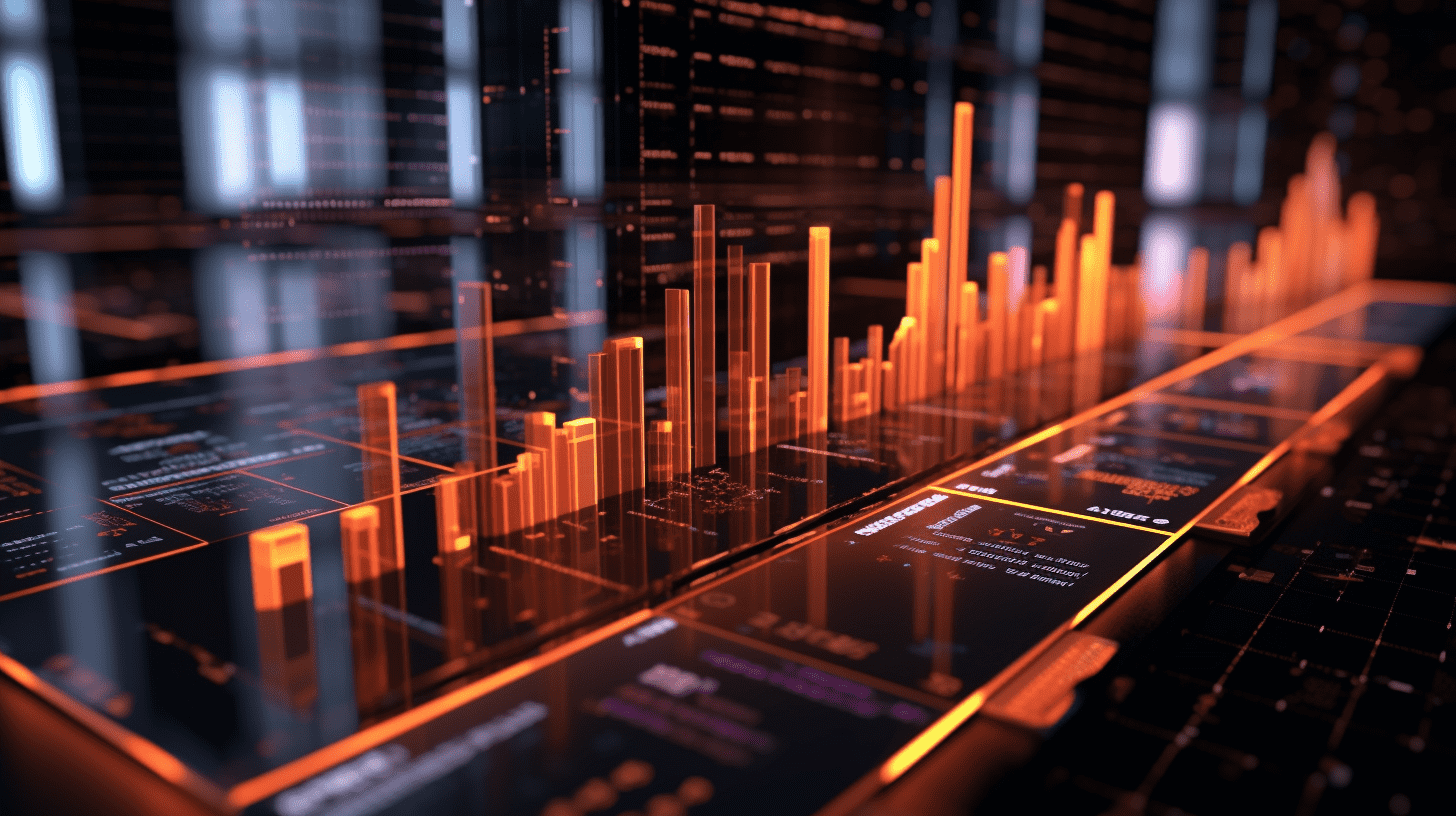The characteristics of the longest bull market in history reappear! UBS: The current bullish trend in U.S. stock market has not yet reached its peak.
The current bull market that started on October 11, 2022, shares significant similarities with the longest bull market in history that lasted about 12 years from December 1987 to March 2000.
According to a UBS research report and cross-validation with official S&P 500 data, the current bull market in U.S. stocks is displaying historically rare long-cycle characteristics. The current market trend, which started on October 12, 2022, has lasted for 33 months, which is still short of the 12.3-year (582% return) super bull market from 1987 to 2000, but has already surpassed the long-term bull market average lifespan of 1105 days (about 3 years) according to NDR statistics, entering the mid-term stage. Historical data from the S&P 500 shows that the average increase in a typical bull market is 156%, with a median increase of 101%, while the current trend has seen a cumulative increase of 69%, confirming the dual driving forces of technological revolution and geopolitical restructuring.
Two core logics emphasized by UBS have been supported by multidimensional data. Firstly, in terms of productivity surge, artificial intelligence technology breakthroughs are replicating the path of the 1990s internet revolution. AI is driving overall productivity growth through computational restructuring, data element configuration, and industrial intelligence upgrades, which aligns with the trajectory of the Nasdaq index having risen over 400% in a decade due to internet technology during 1987-2000. Secondly, on the global security restructuring level, IMF data shows a 12% year-on-year increase in global military spending in 2024, the highest growth rate since the end of the Cold War. This "security premium" effect shows logical congruence with the reshaping of the unipolar world order after the disintegration of the Soviet Union.
It is worth noting that the current market valuation structure shows significant differentiation. Although the S&P 500 price-to-earnings ratio (TTM) has reached 21.5 times, the weight structure of tech giants accounting for 33% results in a valuation level lower than the 28 times during the internet bubble period in 2000. The "relative valuation theory" proposed by UBS is corroborated in the trajectory of the Federal Reserve's policy: with the benchmark interest rate remaining high at 5.25%-5.5% in 2023, the S&P 500 index still achieved a 24% annual increase, indicating that the upward trend in interest rates did not restrain the expansion of tech stock valuations. This resonates historically with the phenomenon of the Federal Reserve raising interest rates six times in 1995-1999, but the Nasdaq index still surged by 400%.
The latest NDR sentiment indicator shows that the current market correction cycle (number of trading days required for a 20% decline) is at a historic low, with the S&P 500 index hitting new highs for 512 consecutive trading days without triggering a bear market threshold, surpassing the late 1990s bull market performance. The market is currently at a convergence point of technological revolution dividends and geopolitical order restructuring, and investors need to find a balance between strategic resilience and tactical flexibility.
Related Articles

Ministry of Commerce: Stabilize investment expectations Encourage and support overseas investors to expand investments in China.

Selling pressure on Chinese bonds pressed the pause button! The yield on 30-year bonds fell from the 1999 high.

Gao Li: Hong Kong office tenants tend to be cautious, with 31% of respondents holding a negative view of their business prospects in the next year.
Ministry of Commerce: Stabilize investment expectations Encourage and support overseas investors to expand investments in China.

Selling pressure on Chinese bonds pressed the pause button! The yield on 30-year bonds fell from the 1999 high.

Gao Li: Hong Kong office tenants tend to be cautious, with 31% of respondents holding a negative view of their business prospects in the next year.

RECOMMEND

Jensen Huang Confirms NVIDIA to Begin H20 Chip Shipments to China
15/07/2025

Manus Exits China Market Amid $500 Million Valuation, Prompting Concerns Over AI Agent Sector Outlook
15/07/2025

Trump to Allocate $70 Billion in AI and Energy Investment, Escalating the Race for Technological Dominance
15/07/2025


